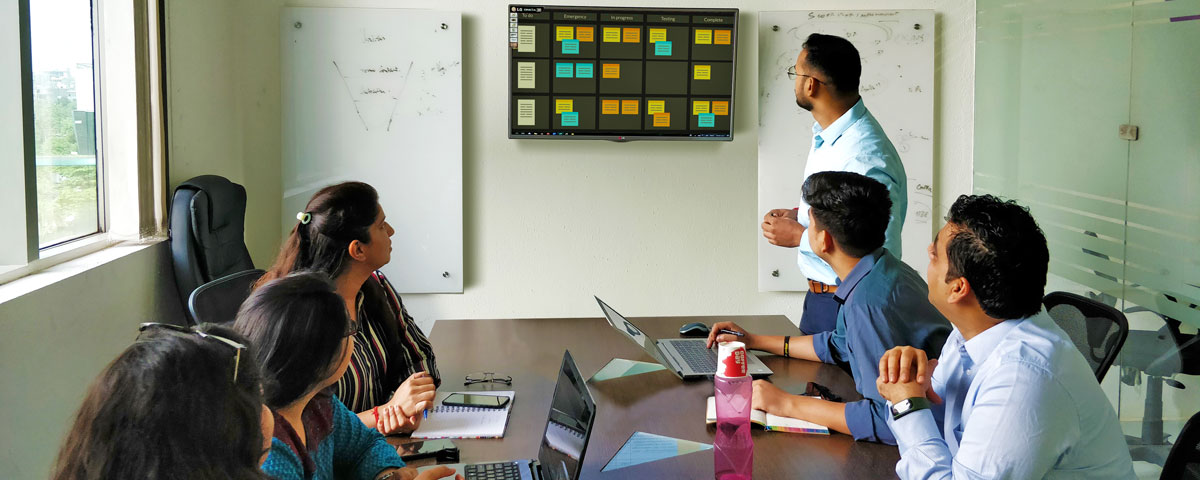Executing impeccable events, providing a wow experience to your delegates, hassle-free registrations and operational excellence are what contribute to the success of the event.
Creating storyboards for events has become like second nature to us. It’s like doing a pr- event rehearsal to ensure all eventualities are taken care of. While it may take a little while to put a storyboard together, in the long run, it will save time and provide clarity of thought.
A storyboard is a detailed manuscript representing event flow, step by step. Creating a storyboard might just sound like an extra step in the process but trust us — it’s a step you won’t want to ignore.
Here are three reasons why you need a storyboard:
- The Best way to share event flow with the entire team
Each event will involve multiple stakeholders. A written document makes it much easier to share and explain to the entire team.
We’ve all had experiences where we were trying to explain something, and the other person may not still have clarity. When you have a storyboard, you can show your team exactly how the event is going to be mapped out and what it will look like. This makes it infinitely easier for other people to understand your idea and execution framework.
- Clarity on operational mapping and execution
When you have a storyboard for an event, it helps you set up a plan for production, including all the conference material, prerequisites, registration and accommodation, and the order of execution.
- Defined accountability and ownership
The storyboard will provide clarity to the team on their responsibilities. This will avoid a lot of chaos and confusion about who is doing what. Not only will it help you explain your vision to your team, but it will also make the delivery process go more smoothly.
- Review and Record
The storyboard becomes a review document after the event is over. In a post-event discussion, one can easily go through the storyboard to define what worked and what could have been done better.
All of us learn from experience after all!!!
Some key areas to be covered while making a storyboard
- Important points of contact
- Event Design
- Layouts settings and stage management
- Conference Kits and their inserts
- Day-wise action Plan
- Agenda of the conference
Others
- Travel Itineraries of all delegates
- Rooming List
- Registration categories
Post Event Tasks
- Feedback forms are to be signed by the client
- Handing over conference videos, photographs, and other material
- Rooming list & invoices for banquet billing to be collected

